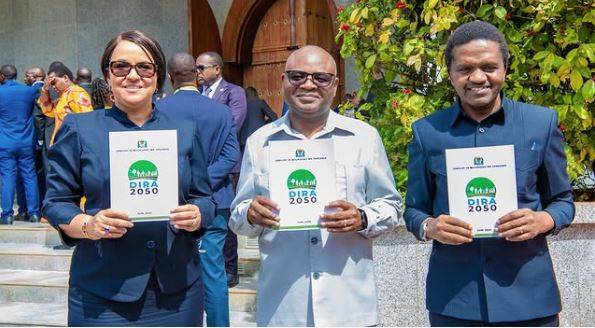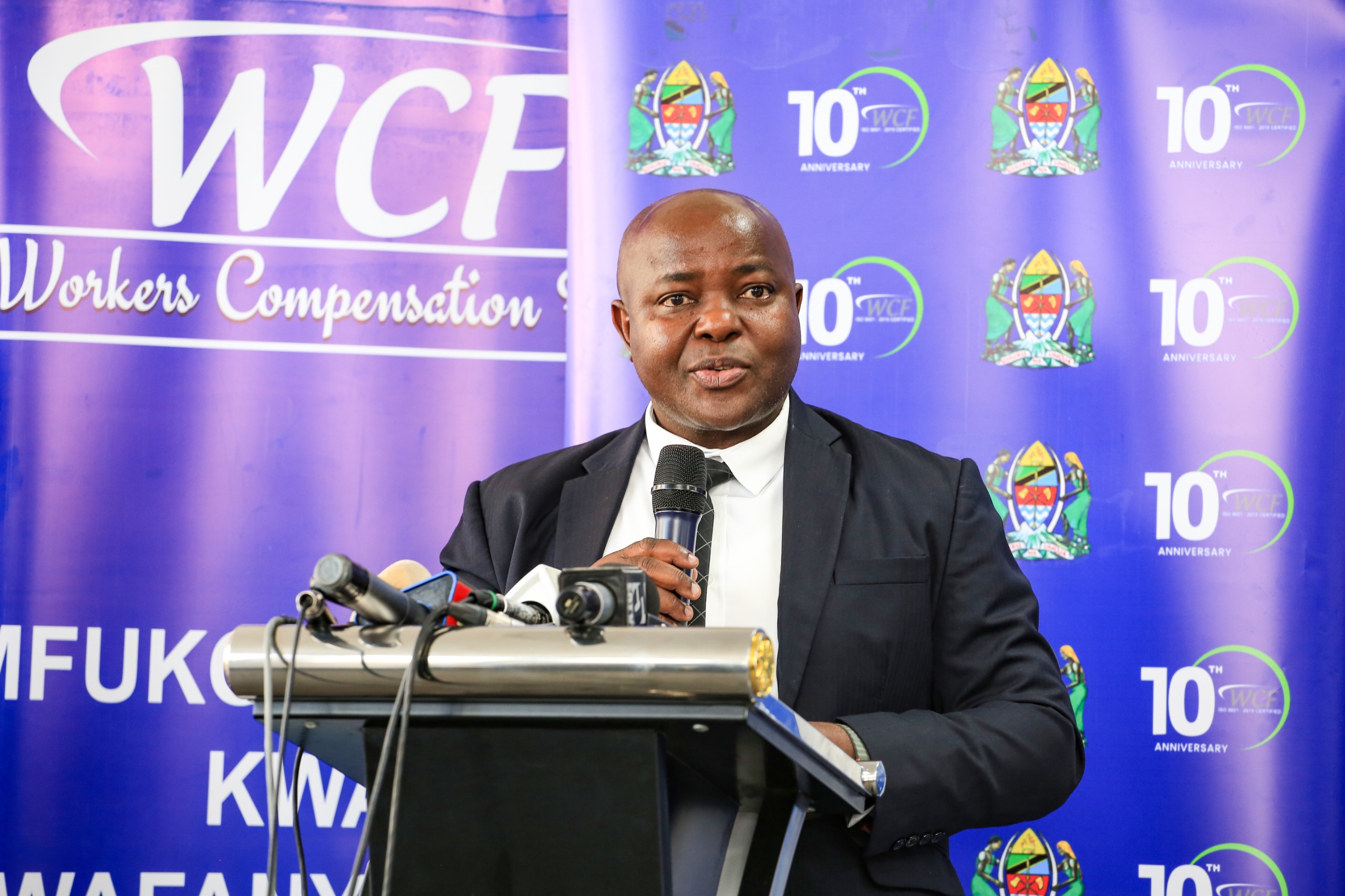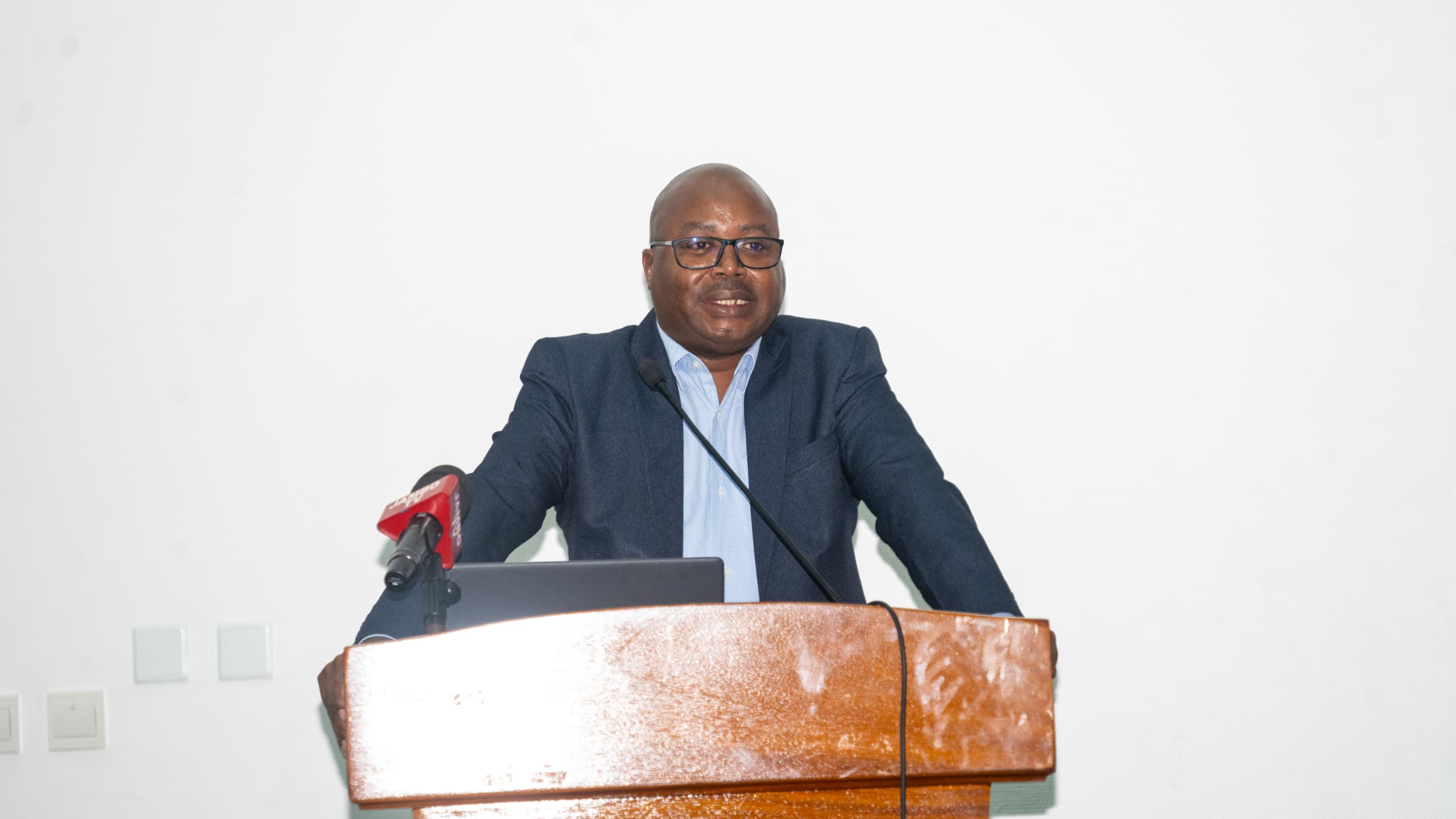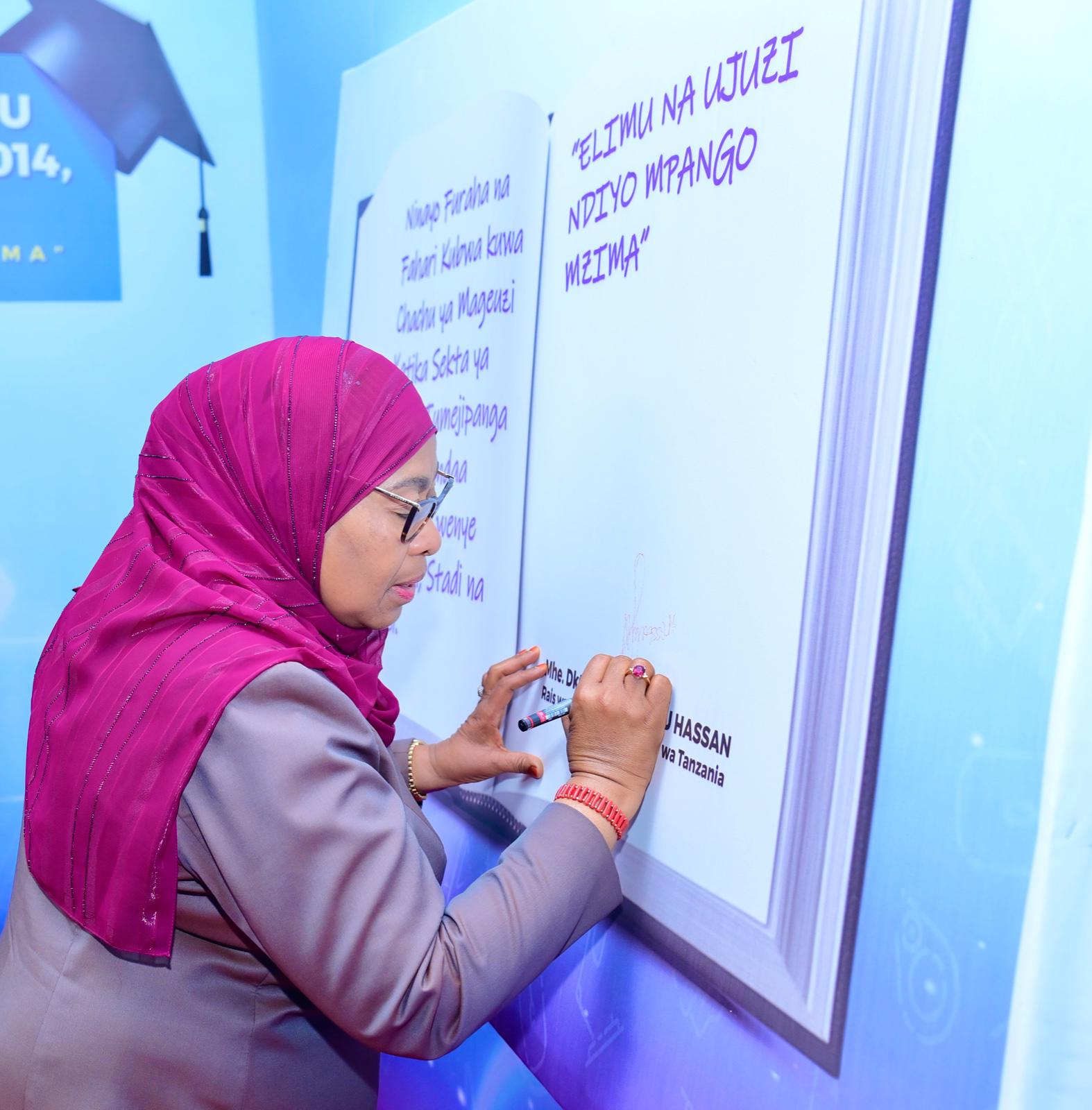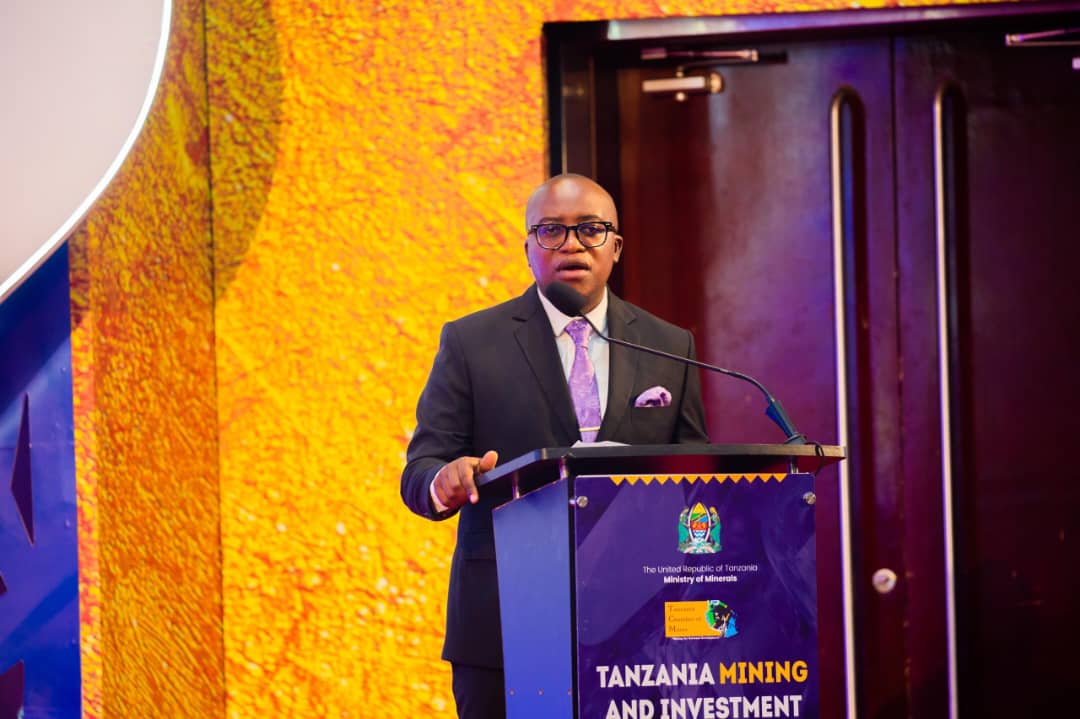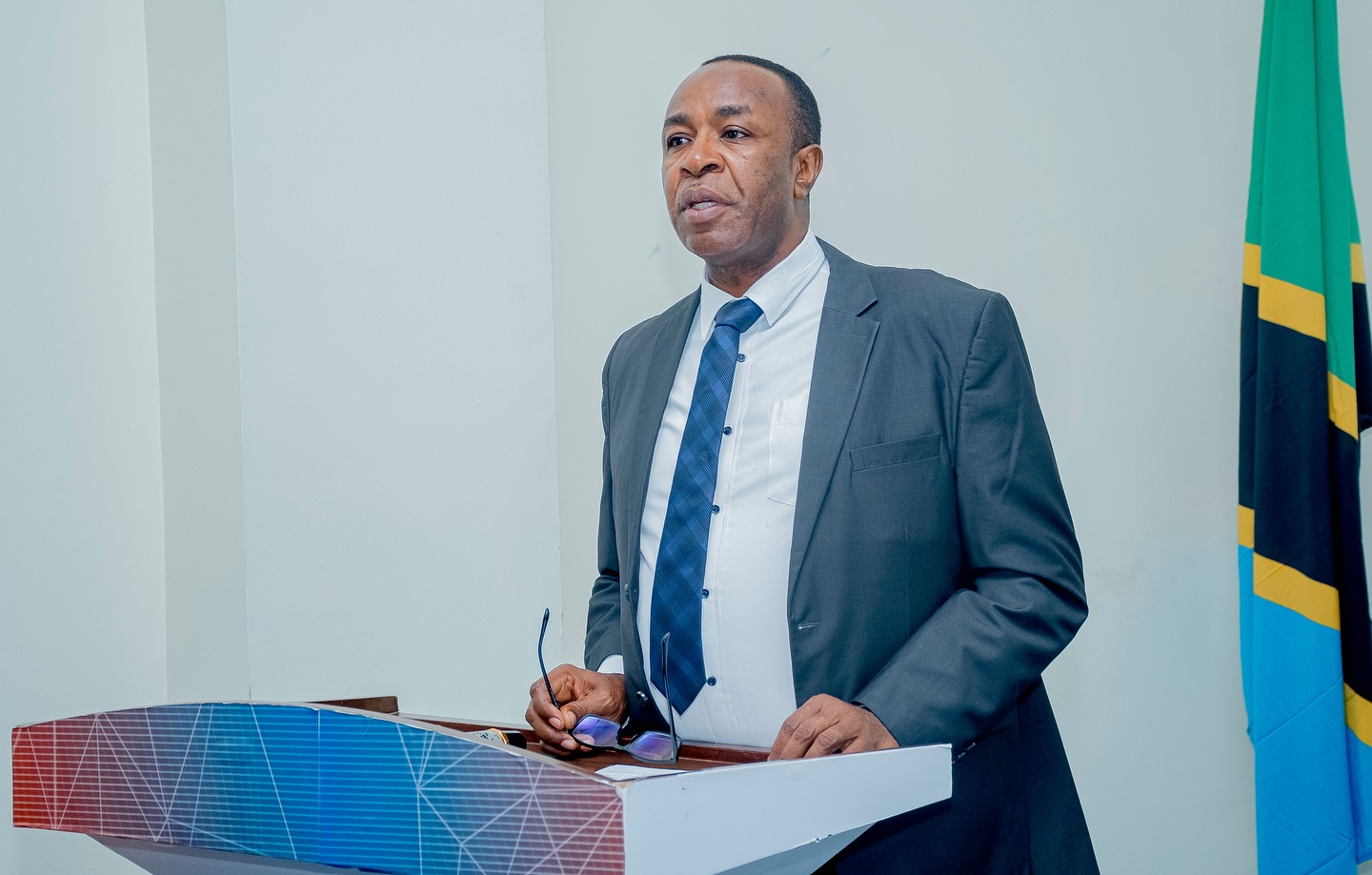Dodoma. Tanzania has taken a significant stride towards reshaping its development trajectory after Parliament adopted the country’s long-term development roadmap—Vision 2050—on Thursday, laying the foundation for structural transformation aimed at achieving upper-middle income status by mid-century.
The comprehensive strategy, tabled in Parliament on June 26 by the Minister of State in the President’s Office (Planning and Investment), Prof Kitila Mkumbo, outlines bold targets to grow Tanzania’s gross domestic product (GDP) to $1 trillion by 2050, with per capita income expected to rise to between $4,700 and $8,000—up from the current lower-middle income level.
The official launch of the Vision is scheduled for July 17, 2025, to be presided over by President Dr Samia Suluhu Hassan.
Speaking after tabling the blueprint, Prof Mkumbo described Vision 2050 as “a clear and ambitious pathway that repositions Tanzania as a globally competitive economy rooted in sustainability, equity, and resilience.”
Priorities
The new Vision identifies nine transformative sectors as pivotal to achieving its development objectives: agriculture, tourism, industry, construction and real estate, mining, the blue economy, financial services, the broader service sector, and sports and innovation.
Each sector was selected based on its ability to generate employment, increase exports, create inter-sectoral linkages, enhance value addition, and raise domestic revenue.
Agriculture to Remain Foundational, but Not Singular
Agriculture—including fisheries, livestock, and forestry—continues to play a central role in the economy, contributing 26.5 percent to GDP and employing 65 percent of the workforce. Vision 2050 underscores the need to modernise the sector through mechanisation, climate-smart techniques, and integration with agro-industrial value chains.
“By 2050, agriculture should be efficient, profitable, and globally competitive, ensuring food security while expanding export opportunities,” Prof Mkumbo noted.
However, the Vision cautions against overreliance on agriculture, highlighting climate volatility, global market shocks, and commodity dependence as structural risks.
Tourism to Anchor Foreign Exchange Earnings
Tourism is earmarked as a growth engine, currently contributing 25 percent of Tanzania’s foreign exchange earnings. The sector is set to benefit from enhanced infrastructure, diversified products, and a focus on sustainable and community-based tourism models.
“Tourism will expand its role as a major job creator,” the document notes, “particularly in hospitality, transport, and cultural heritage services.”
Industry
The industrial sector is projected to overtake agriculture as the leading driver of the economy by 2050. Recognising the vulnerabilities of a commodity-dependent economy, the Vision sets out a structural transformation agenda that prioritises manufacturing, agro-processing, and industrial innovation.
“Tanzania aspires to become a competitive industrial hub,” reads the strategy. “The youthful population and digital advancements provide a strong base for industrial expansion.”
Construction and Real Estate to Fuel Urbanisation
With rapid urban growth on the horizon, the construction and real estate sector is expected to boom. The Vision calls for increased investment in housing, commercial infrastructure, and transport systems to meet the needs of a modernising economy.
Mining and Strategic Minerals to Gain Momentum
Tanzania’s vast mineral wealth—including gold, diamonds, tanzanite, and critical minerals such as graphite, lithium, and rare earths—is expected to play a growing role in economic diversification and industrial supply chains.
Blue Economy to Harness Marine and Freshwater Resources
Capitalising on its 1,400km coastline and large freshwater bodies, Tanzania is setting sights on expanding the blue economy, with a focus on fisheries, maritime transport, coastal tourism, and renewable energy.
“Marine resources are grossly underexploited,” the document points out. “By 2050, the blue economy will contribute significantly to job creation and rural transformation.”
Sports and Innovation Recognised as Emerging Sectors
For the first time in national planning, sports and innovation have been elevated as priority sectors. With high youth unemployment, the Vision positions these areas as drivers of social integration, talent development, and income generation.
“Sports and creativity industries are engines of inclusion,” the Vision notes. “They offer economic prospects and foster national unity.”
Financial and Service Sectors to Power Transformation
The financial sector is expected to deepen financial inclusion, catalyse investment, and underpin the shift towards a knowledge-based economy. With increasing urbanisation, the service sector—including trade, logistics, ICT, education, and health—is projected to play a critical role in expanding GDP and improving livelihoods.
Implementation and Oversight
The Vision will be operationalised through successive Five-Year Development Plans (FYDPs), with clear monitoring indicators and performance benchmarks. Institutional reforms, strategic partnerships, and improved governance will underpin the implementation process.
Permanent Secretary in the President’s Office (Planning and Investment), Dr Tausi Mbaga Kida, said the document was a result of wide consultations and rigorous analysis. “Vision 2050 is not merely a government document—it reflects national aspirations shaped by data and dialogue,” she said.
Echoing similar sentiments, Executive Secretary of the Planning Commission, Dr Fred Msemwa, underscored the importance of continuity and policy discipline. “Our success will depend on long-term commitment and adaptive management,” he noted.
As the country now prepares for the official launch of the Vision next month, expectations are high that this long-term framework will anchor inclusive growth, bolster competitiveness, and steer Tanzania toward sustainable prosperity.

